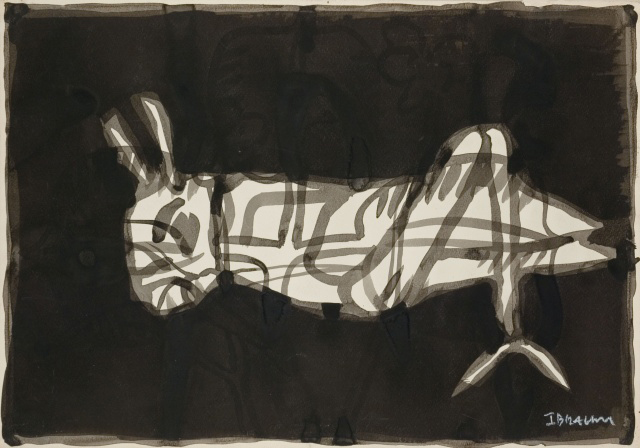IBRAHIM MIRANDA
Ibrahim Miranda, painter, engraver and professor, is one of the most in-demand Cuban artists. Miranda interprets his vision of the island, expanding its borders and physical limits so as to make it universal. The sensation of being isolated and floating in the middle of the sea is a strong impetus for many Cuban artists especially with the increase in migratory movement whether legal or illegal into the United States and the rest of the world. Miranda explores this theme of isolation and separateness by creating maps that morph into the shape of a mental landscape, sometimes forming the shape of an animal which then defines a state of mind.
He creates his own cartography as an extended concept of the island, using Cuba and also world cities such as London and Paris, which become their own frame of reference. The maps give us the opportunity to reflect on our origins and culture; it is our internal geography that each of us carries wherever we go and defines us as human beings.
Ibrahim is known as one of Cuba’s innovators and in 1993 he found a bridge between science and art. His working method is simple: he removes atlas pages from their original binding, makes his selection (no matter whether the pages chosen refer to hydraulic resources or the country’s politico-economic boundaries) and reassembles them, usually in threes. In this way, he defines the ‘paper framework’ that will provide the basis of the future piece. He then traces copies which appear like x-rays of the maps themselves, very similar to the bone structures of their human and animal inhabitants. Onto this basic skeleton, he adds silkscreen or woodcut prints and drawings. For Miranda, printing onto maps is a dynamic, open-ended process similar to the processes unfolding in nature on the island and in those who live there.








